7 Must-Know Secrets of Moroccan Bazaars: A Magical Guide to Souks in Marrakesh & Fez
Introduction to Moroccan Bazaars

The world of Moroccan bazaars, often referred to as souks, is a vibrant and captivating aspect of Morocco’s cultural heritage. These markets are more than mere shopping destinations; they are dynamic environments that awaken the senses. As visitors navigate through the winding alleys, they are greeted by a tapestry of colors displayed through intricate textiles, handcrafted pottery, and unique woodwork. The rich aromas of spices and traditional Moroccan dishes waft through the air, creating an inviting atmosphere that attracts both locals and tourists.
Unlike markets found in other parts of the world, Moroccan bazaars possess a unique historical significance. They have been integral to local trade for centuries, serving as social and economic hubs where merchants and craftsmen gather to showcase their artisanal products. Each bazaar has its own character and specialties—some are renowned for their leather goods, while others are famous for beautiful carpets or stunning jewelry. This variety enriches the experience, making every visit a chance to discover something new.
The craftsmanship found in Moroccan bazaars is exceptional, with many artisans passing down their skills through generations. Shoppers not only find beautiful items but also have the opportunity to engage with these skilled craftsmen, understanding the processes and traditions that go into their work. Such interactions highlight the importance of these markets in preserving Morocco’s rich cultural identity.
Moreover, Moroccan bazaars serve as essential components of everyday life for many locals. They are places to gather, socialize, and share news, strengthening community ties in a way that is increasingly rare in modern urban environments. In essence, exploring a Moroccan bazaar is not just about shopping; it is an immersion into the vibrant culture and history that shapes Moroccan society today.
Marrakesh Souk

The Marrakesh Souk is a vibrant hub nestled within the historic medina of Marrakesh, renowned for its colorful alleys and bustling atmosphere. This bazaar is not just a marketplace; it is a sensory experience filled with the sound of haggling, the aroma of spices, and a dazzling array of goods. Shoppers can find artisanal crafts, textiles, jewelry, and fragrant spices. A visit to this souk invites deep exploration, where one may stumble upon traditional Moroccan lamps or handmade leather goods, each telling its own story.
Fez Souk

Fez El Bali, the most ancient part of the city of Fez, boasts one of the largest car-free urban areas in the world and is home to a remarkable bazaar. The winding streets are lined with shops offering intricate mosaics, ceramics, and textiles that reflect Morocco’s rich heritage. Artisanal workshops abound, where visitors can witness the skilled craftsmanship of locals creating beautiful handmade products, including colorful pottery and traditional djellabas. Engaging with shopkeepers here can provide insights into the history and cultural significance of these crafts, fostering a connection to the local culture.
Practical Tips for Shopping in Moroccan Bazaars

Shopping in a Moroccan bazaar can be an exhilarating experience filled with vibrant sights, sounds, and smells. To fully embrace the local culture and secure the best artisan goods, such as exquisite spices, handcrafted rugs, and intricate ceramics, it is essential to approach your shopping expedition with practical knowledge.
First and foremost, familiarize yourself with the types of artisan goods available. Moroccan bazaars are renowned for high-quality spices; saffron and ras el hanout are particularly favored. Fabrics, including beautifully woven carpets and traditional clothing, capture the eye of many visitors. Additionally, handmade ceramics, often adorned with colorful mosaics, provide a true taste of Moroccan craftsmanship. Identifying these specialties before you venture into the bustling alleys will enhance your shopping experience.
Bargaining is another integral aspect of shopping in a Moroccan bazaar. Understand that haggling is not only accepted, but expected. Approach the process with respect and ambiance; vendors appreciate good-natured negotiation. Start by offering a price lower than what you are willing to pay, allowing for a back-and-forth exchange. This friendly interaction can lead to a more enjoyable transaction, establishing rapport with local merchants while ensuring you receive fair value for your purchases.
Timing your visit is crucial for an optimal experience. Early morning or late afternoon are ideal, as these times tend to be less crowded. This allows for a more relaxed atmosphere, making it easier to browse stalls without feeling rushed or overwhelmed. Moreover, being mindful of cultural etiquette will enrich your interactions. Greeting vendors politely and engaging in light conversation can foster goodwill and create a positive environment for shopping.
By keeping these tips in mind, visitors can navigate the lively atmosphere of Moroccan bazaars effectively, ensuring a rewarding and culturally engaging shopping adventure.
Embracing the Marketplace Experience

Visiting a Moroccan bazaar is not merely a shopping trip; it is an immersive experience that beckons travelers to engage with the rich tapestry of Moroccan culture. As you wander through the winding alleys filled with vibrant textiles, intricate pottery, and exquisite jewelry, it is essential to approach your journey with an open mind and heart. Each stall in the marketplace tells a story of tradition, skill, and artistic expression shaped by generations of artisans.
Characterized by their bustling atmosphere and sensory overload, Moroccan bazaars offer a unique glimpse into the daily lives of the local community. The warm greetings from merchants often reveal the gracious and hospitable nature of Moroccan culture. As you explore, take the time to appreciate the craftsmanship that goes into each handmade item. From the delicate patterns of a handwoven carpet to the vivid colors of painted ceramics, each product reflects the dedication and artistry of the craftspeople behind them.
Supporting local artisans by purchasing their goods contributes not only to the sustainability of the marketplace but also preserves the cultural heritage that these craftsmen embody. When you buy items directly from local artisans, you foster a sense of appreciation for their hard work and the stories they carry. This form of engagement not only benefits the craftsmen economically but enriches your travel experience as well. By choosing to invest in authentic handmade products, you play a vital role in sustaining a marketplace that is deeply intertwined with the essence of Moroccan identity.
Ultimately, embrace the opportunity to connect with the heart and soul of the Moroccan bazaar. With every purchase, you participate in a timeless tradition, preserving the unique artistry of this vibrant culture for future generations.
MOROCCAN BAZAAR FAQs
A Moroccan bazaar, also known as a souk, is a traditional marketplace found in cities like Marrakesh and Fez. It features handmade goods such as rugs, lanterns, spices, ceramics, leatherwork, and textiles. These vibrant markets are central to Moroccan culture and community life.
You can buy a wide variety of artisan goods in Moroccan bazaars, including:
Handwoven rugs
Leather poufs and bags
Brass lanterns
Natural argan oil and perfumes
Traditional Moroccan spices like saffron and ras el hanout
Bargaining is expected! Start by offering 50–60% of the asking price and negotiate respectfully. Smile, stay friendly, and never feel pressured to buy. It’s part of the culture and can be fun if approached with patience.
The top Moroccan bazaars include:
Marrakesh Medina Souk – iconic, colorful, and diverse
Fez El Bali Souk – historic and artisan-focused
Souk El Had in Agadir – more modern but still traditional
Each offers a different cultural and shopping experience.
Early mornings and late afternoons are the best times to visit Moroccan bazaars. These hours are cooler, less crowded, and ideal for relaxed browsing and deeper conversations with local artisans.
Yes, Moroccan souks are generally safe. Be aware of your belongings in crowded areas and avoid aggressive vendors politely. Most shopkeepers are welcoming and enjoy helping tourists explore their culture.
Most small shops and artisans prefer cash in Moroccan dirhams (MAD). Some high-end shops may accept cards, but always ask first. ATMs are widely available near main bazaar entrances.
Hot This Week
Explore our collection
Octagonal Moroccan Carved Table/ Andalusian Style
Moroccan Hand Carved Dinning Table/ Geometric Lining design / Andalusian style
Moroccan Carved Table /Floral motif/ Andalusian style.
Set of 3 Moroccan Brass Coffee Tables/ Andalusian Style.
Moroccan Wall Carved Panel/ Floral motif / Andalusian Style.
2 comments
Leave a Comment Cancel reply
Post Categories
- All
- Carving & Painting Techniques
- Cultural Travel in Morocco
- Culture and Society
- Handicrafts & Techniques
- Home Improvement
- Interior Design Inspiration
- Leather & Tannery Traditions
- Moroccan Coffee Tables
- Moroccan Furniture
- Places to Visit
- Travel
- Zellige Tile & Mosaic
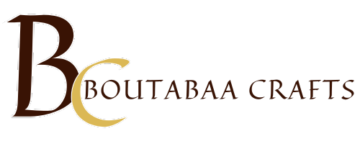

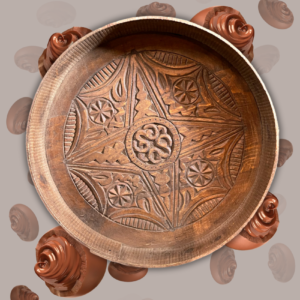
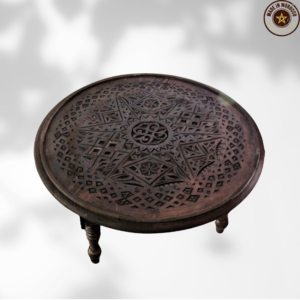
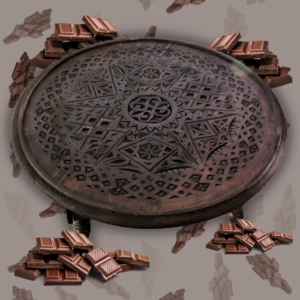
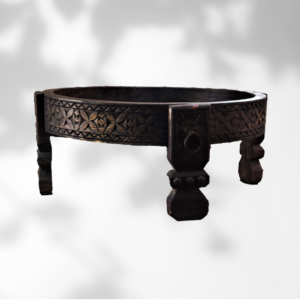
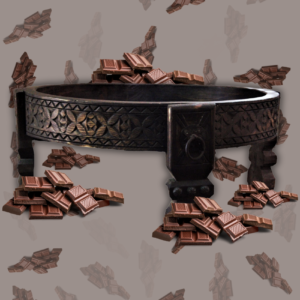
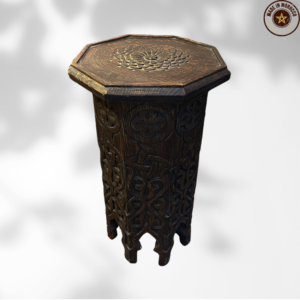
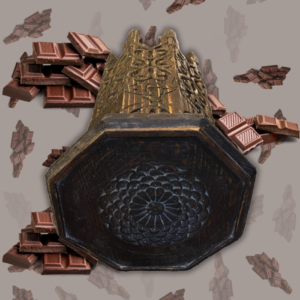


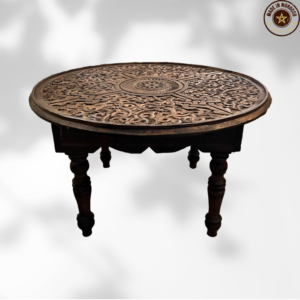
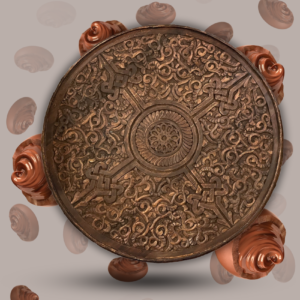


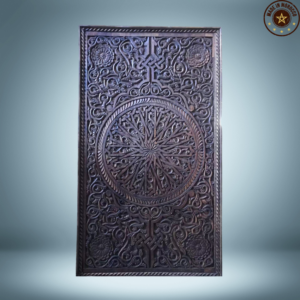
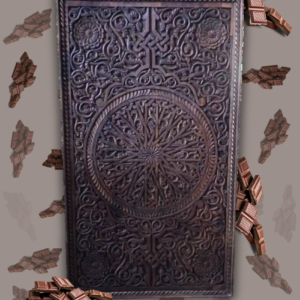


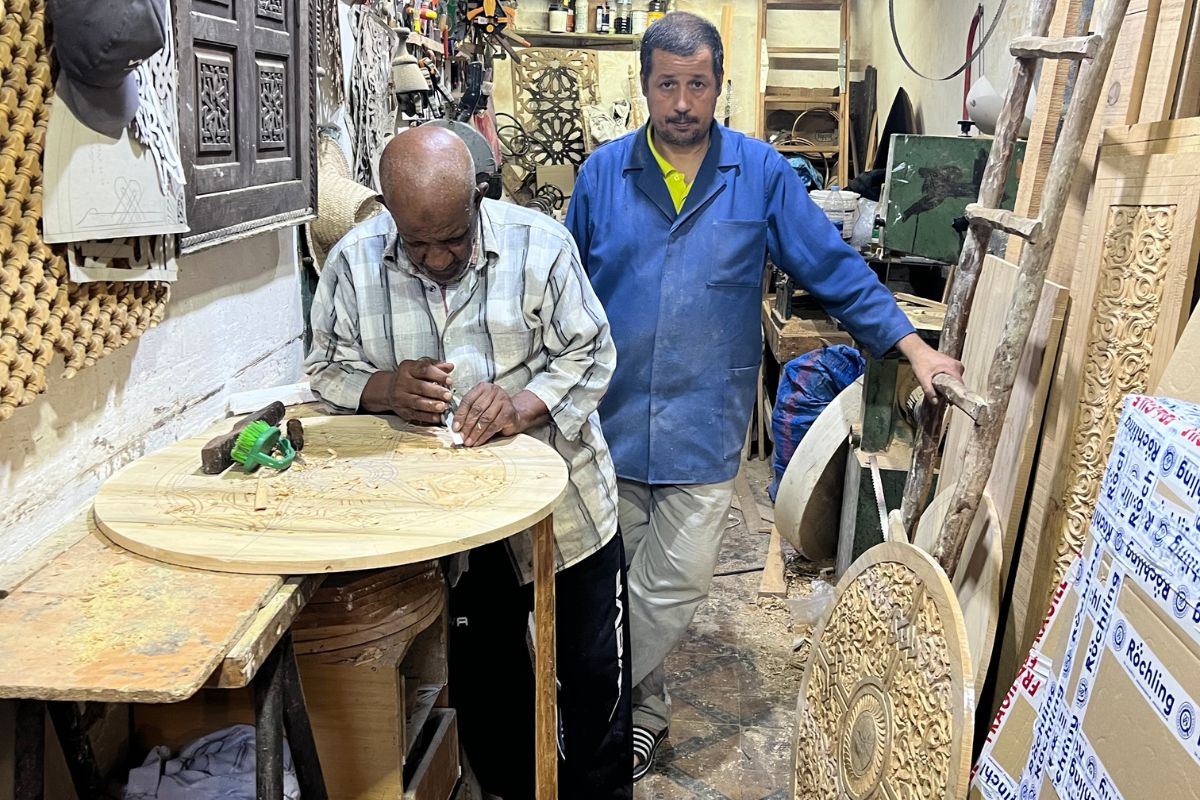

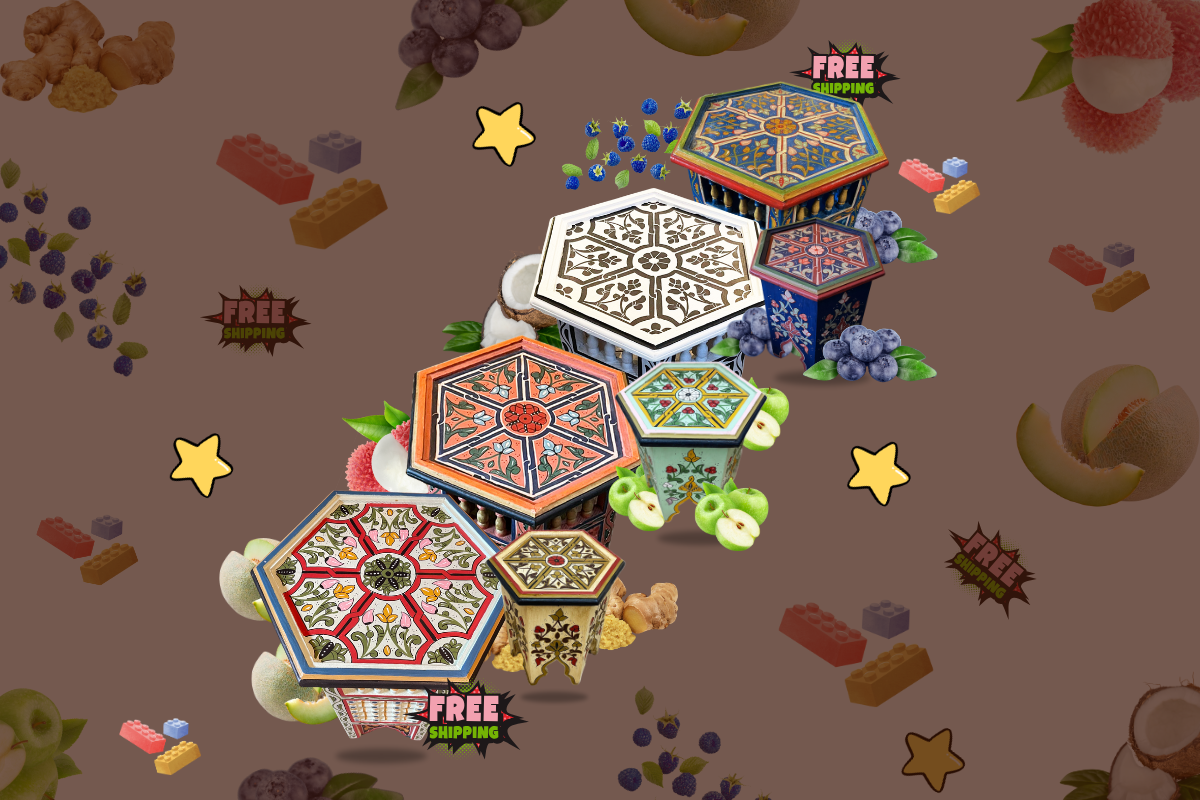
Lawson Leuschke
July 7, 2025 at 1:32 amI am not sure where youre getting your info but good topic I needs to spend some time learning much more or understanding more Thanks for magnificent info I was looking for this information for my mission
Hassan boutabaa
July 9, 2025 at 2:13 amYou are very Welcome !!